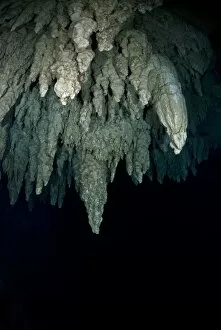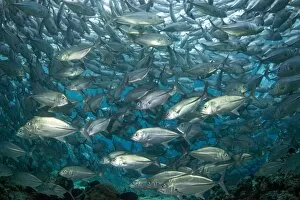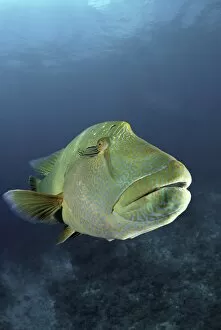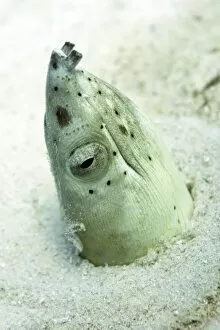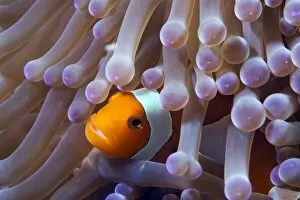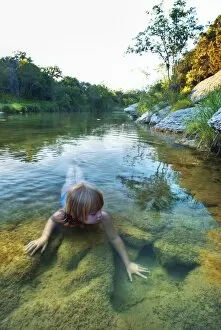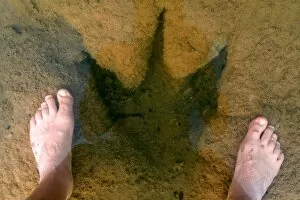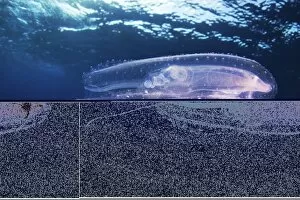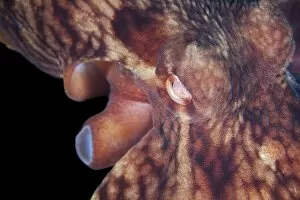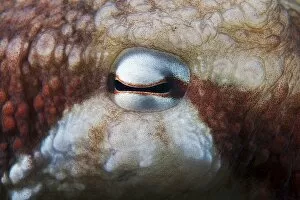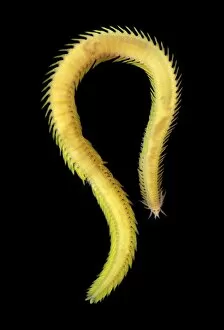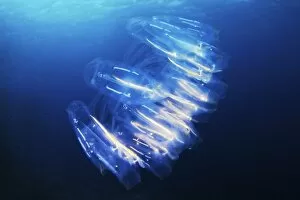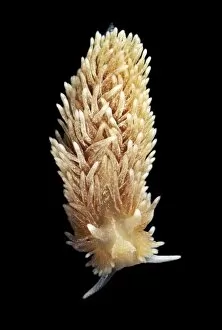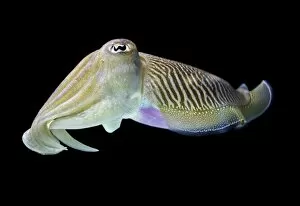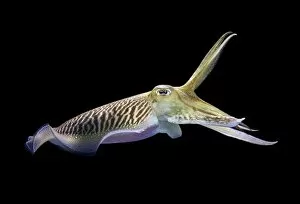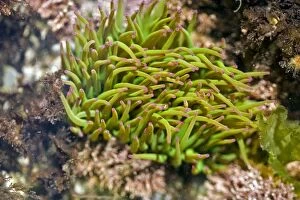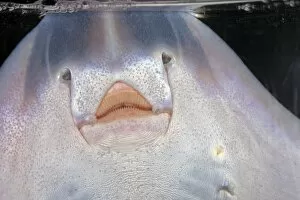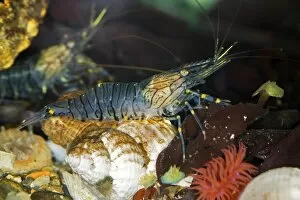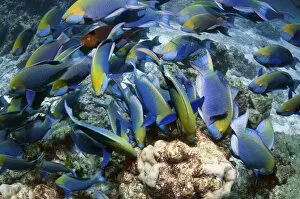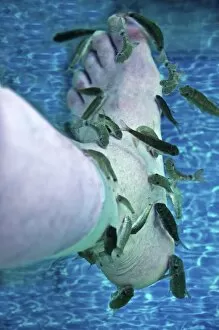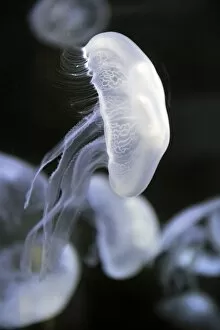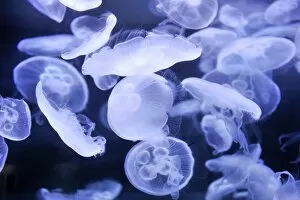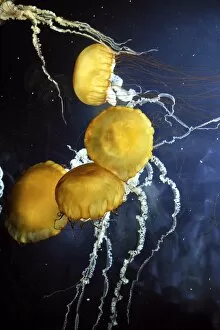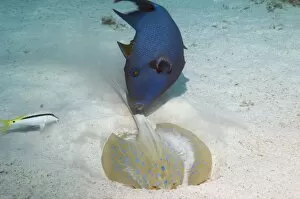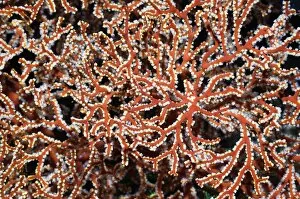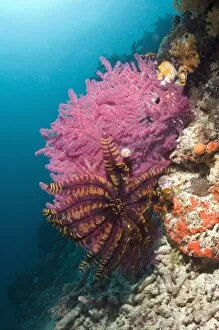Under Water Collection (page 9)
"Exploring the Mysteries of the Underwater World
All Professionally Made to Order for Quick Shipping
"Exploring the Mysteries of the Underwater World: From T-Class Submarines to Loch Ness Monster" Dive into an enchanting realm beneath the waves as we embark on a captivating journey through the underwater wonders. Just like William Heath Robinson's ingenious contraptions in "A Decided Catch, " we'll unravel secrets hidden within this aquatic universe. Prepare to be mesmerized by mythical creatures, such as the elusive Loch Ness Monster, whose presence continues to stir our imagination. With a cunning stroke reminiscent of Robinson's artistry, this legendary creature keeps us guessing about its existence. But it's not just mythical beings that captivate us; nature has its own marvels too. Witness the grace and beauty of a Great Crested Newt gliding effortlessly through water, resembling Jeannie Harbour's delicate drawing for Hans Christian Andersen's timeless tale, "The Little Mermaid. " Delve deeper into these depths and encounter ancient giants like Megalodon sharks and great whites – remnants of prehistoric times when Trilobite fossils ruled the seas. These awe-inspiring creatures remind us of Earth's incredible history. Venturing further, discover Djibouti's vibrant marine life with its Red Swimming Crab scuttling across colorful coral reefs. Ornamental Koi swimming gracefully in Malacca shopping mall ponds add a touch of tranquility amidst bustling city life. Uncover peculiar inhabitants like Sea Cucumbers – fascinating organisms that play vital roles in maintaining ecological balance. And let your imagination run wild with visions of Mosasaurus marine reptiles ruling primeval oceans long before humans walked this earth. As we navigate through these underwater realms, one thing becomes clear: there is still so much left unexplored beneath the surface. So dive deep into curiosity and embrace the mysteries awaiting you under water – where adventure knows no bounds.


